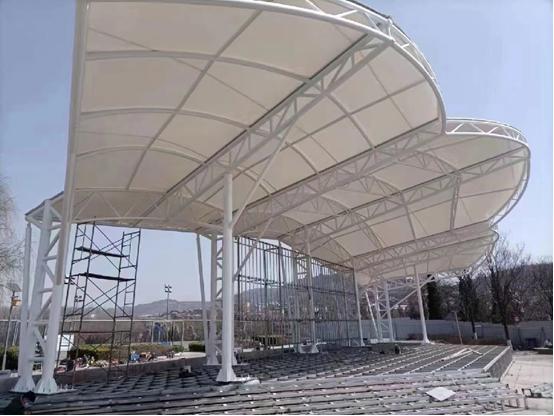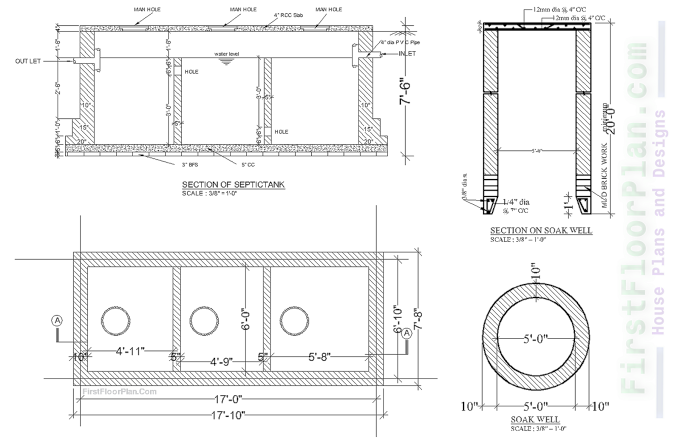In the realm of civil engineering, innovation is the key to creating structures that stand the test of time while meeting the ever-evolving needs of society. Originally recognized for its non-stick properties in kitchenware, PTFE has found a new application in civil engineering, revolutionizing the way we design and construct infrastructure.
PTFE in Civil Engineering
Polytetrafluoroethylene, a synthetic
fluoropolymer derived from tetrafluoroethylene, possesses distinctive qualities
that render it well-suited for a range of civil engineering uses. Recognized
for its outstanding chemical resistance, minimal friction coefficient, elevated
temperature stability, and impressive durability, PTFE stands out as an ideal
material for diverse applications in the field. These characteristics have
opened up a myriad of possibilities for incorporating PTFE into civil
engineering projects.
Structural Bearings
One of the primary applications of PTFE
in civil engineering is as a material for structural bearings. These bearings
play a crucial role in supporting and accommodating movements in bridges,
buildings, and other structures due to factors such as temperature
fluctuations, seismic activity, and settlement. PTFE's low friction coefficient
allows for smooth movement and rotation, reducing wear and tear on the
structure and increasing its overall lifespan.
Expansion Joints
PTFE is also widely used in the
construction of expansion joints, which are vital components in infrastructure
to absorb movement caused by temperature changes, seismic events, or
settlement. The material's ability to withstand extreme conditions, coupled
with its low thermal expansion coefficient, makes PTFE an ideal choice for
creating durable and effective expansion joints.
Architectural Tensile Membranes
Innovative architects and engineers are
increasingly turning to PTFE for creating stunning tensile membrane structures.
PTFE membranes provide
an aesthetically pleasing and durable solution for roofing and facades,
allowing for natural light transmission while ensuring resistance to UV
radiation, weathering, and chemical exposure.
Anti-Corrosive Coatings & Lining
The corrosive nature of certain
environments can pose significant challenges in civil engineering projects.
PTFE coatings or lining processes act as a protective barrier against
corrosion, extending the lifespan of construction. Whether applied to bridges,
pipelines, or industrial facilities, PTFE coatings or PTFE lining services provide
a robust defense against the damaging effects of harsh weather conditions and
corrosive substances.
Environmental Benefits
Beyond its functional applications, the
use of PTFE in civil engineering aligns with the growing emphasis on
sustainability and environmental consciousness. PTFE's longevity, resistance to
degradation, and low maintenance requirements contribute to the reduction of
overall environmental impact, creating structures that endure with minimal
ecological footprint.
Conclusion
Polytetrafluoroethylene's emergence in
civil engineering is a testament to the industry's constant quest for
innovation and efficiency. As engineers and architects continue to push the
boundaries of design, PTFE's unique properties offer a versatile and
sustainable solution for a wide range of applications. From structural bearings
to architectural membranes, the integration of PTFE in civil engineering is not
merely a trend but a transformative shift towards creating resilient,
environmentally-friendly infrastructure that will shape the cities of tomorrow.









%20House%20plan%20with%207%20storey%20Apartmen%20building%20Structural%20desing%20%20DWG%20&%20PDF.jpg)



